How do teachers get students to talk about their reading in a meaningful way?
As a high school English teacher, I have often been reluctant to let students lead their own book discussions. When I have tried book discussions in the past, students focused on the literal meanings of their books, usually recalling plot events; however, I wanted them to use critical thinking and to make inferences and relevant connections with their reading.
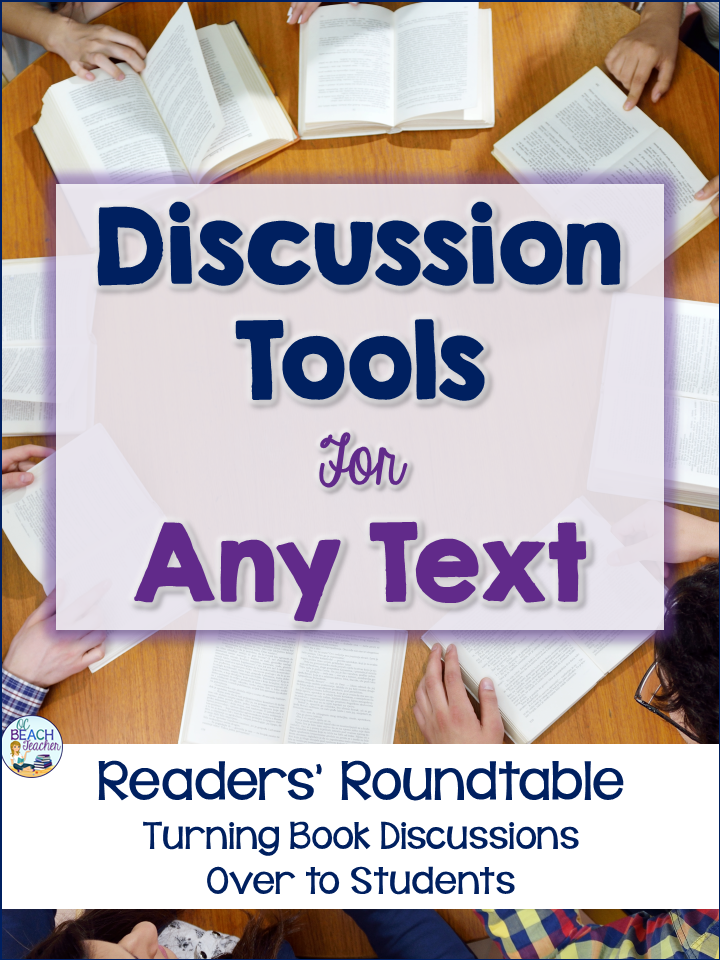 Over the years, I’ve experimented with strategies that have made me more comfortable turning the discussion over to my students (and that make them more at ease with taking ownership of the discussions). These trials have turned into my “Roundtable Discussion.” Both students and administrators have praised the use of this discussion format, which I’ve used both in my American Literature and AP Literature classes.
Over the years, I’ve experimented with strategies that have made me more comfortable turning the discussion over to my students (and that make them more at ease with taking ownership of the discussions). These trials have turned into my “Roundtable Discussion.” Both students and administrators have praised the use of this discussion format, which I’ve used both in my American Literature and AP Literature classes.
Here are some reasons why my class discussions became more meaningful:
1. Students prepare for their discussions. They use handouts to summarize, to identify quotes and vocabulary, to write questions, and to research topics related to their reading. These handouts are assigned with specific chapters and discussion dates in mind. Students bring them to class and their completed work is stamped at the beginning of discussion.
2. They write to get started. Students respond to a quick write on their response sheets before discussion. The prompt varies- sometimes asking a general question about literature and sometimes asking a specific question about their current reading. For a recent quick write in AP Literature, students wrote about the structure of Snow Falling on Cedars. This lead to a good discussion of nonlinear plotline.
3. Students rehearse. After setting goals for discussion, students meet with partners, sharing their quick writes, handouts, and goals. Next, they move the desks into a circle and participate in a “whip around.” During this activity, each student shares one thought about their reading. They cannot respond to each other at this point; they just listen. Finally, this leads into spontaneous discussion.
4. They listen to one another and take notes. During the discussion, I ask my students to note at least three – four interesting comments they heard their classmates contribute to the discussion. I encourage them to use these notes to help them build their comments off of one another’s ideas. If I have a large class, I split them into two groups, and the “outside” circle listens and jots notes. (Sometimes we add a “hot seat” and students from the outside can move into the inner circle to respond to a discussion comment.) This helps keep them focused.
5. After the discussion, students reflect on the day’s conversation. Often, they write about whether they achieved their goals, but on other occasions I give them specific prompts related to rubric criteria. When students observe one another in outside circles, they can also use their peers’ feedback for their reflections.
With practice, students have thoughtful discussions, and I am rewarded with time to listen and observe. This helps me develop other lessons based on my informal assessment of their discussions.
Best of all? It’s wonderfully relaxing to be a listener and not the lead participant in the discussion. Students take ownership for their learning!
A few more things to note about effective discussions:
- It takes practice! The first discussion is challenging for many students because in my school, they’ve rarely been required to take ownership in this way. They are also nervous to talk in front of their peers, but eventually almost all of them get comfortable and leaders emerge naturally. It’s great for hearing students who otherwise would not participate, too!
- I have 90-minute class periods so this process can take from 45 – 60 minutes. Using a timer helps keep the process moving along. Again, with repeated discussions, it goes more smoothly.
- It often helps to use a short story for a model discussion before tackling a larger text such as a novel.
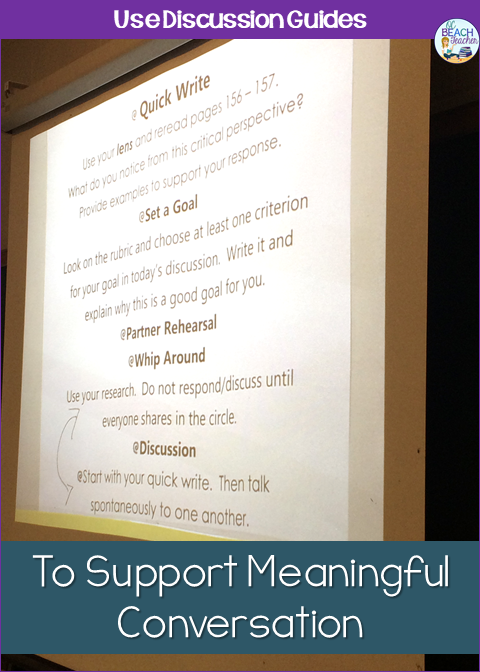
Would you be interested in learning more Roundtable Discussion? You can get handouts, a rubric, and a lesson plan here.

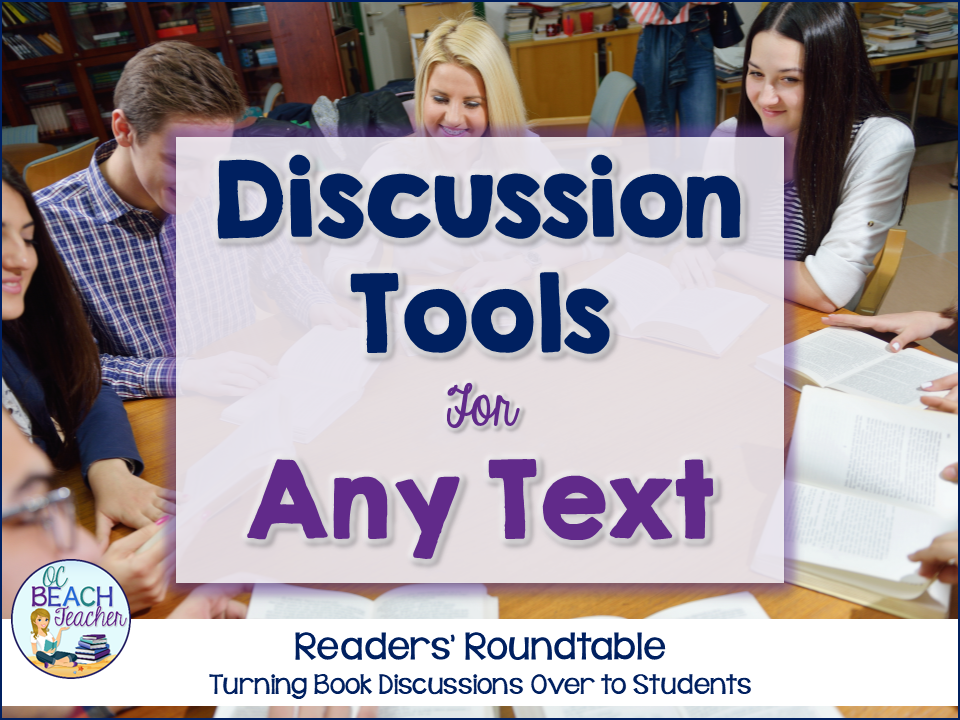
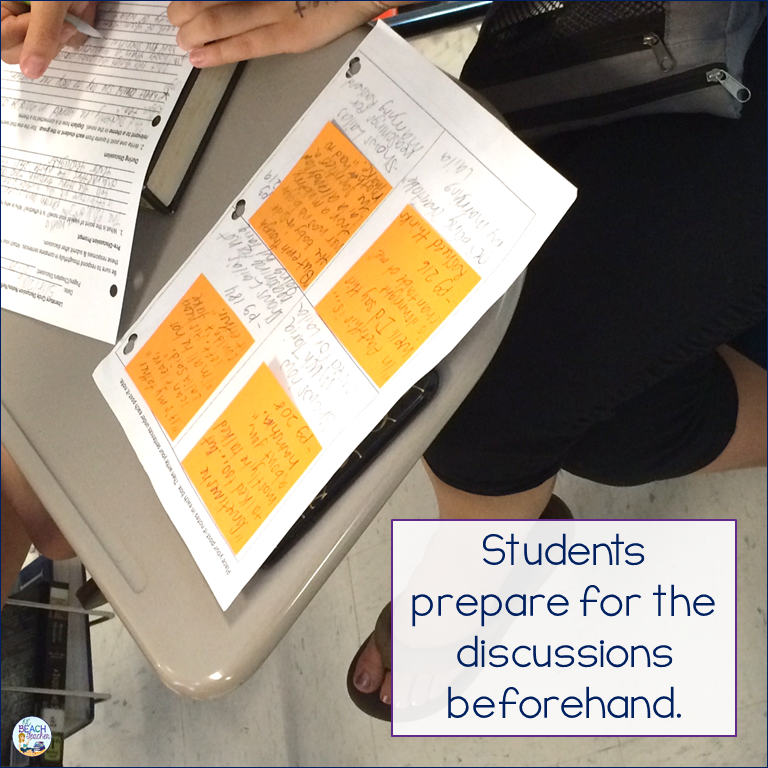
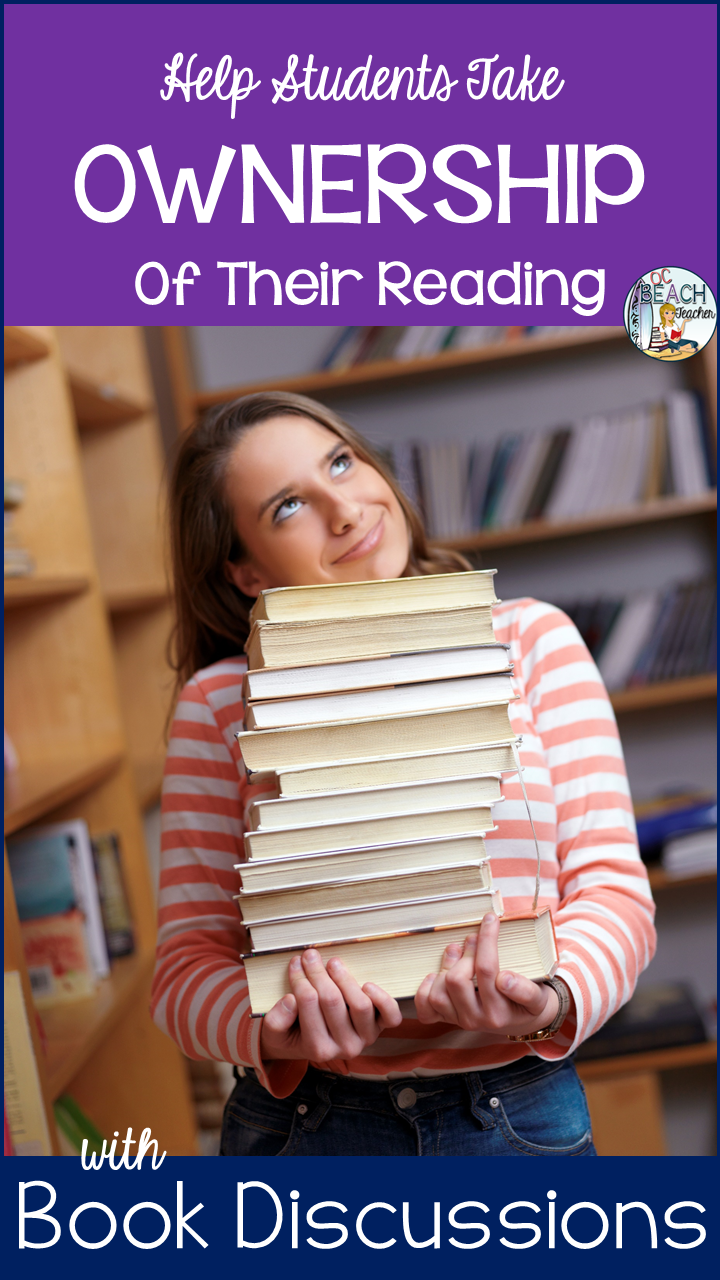


One Comment
There are, luckily, glad center grounds—neither excessively organized nor too free-running, sorted out around of arrangement of standards which a gathering of "specialists" (for this situation, understudies who have built up some ability on a given subject) consent to utilize while drawing in with each other.
visit here